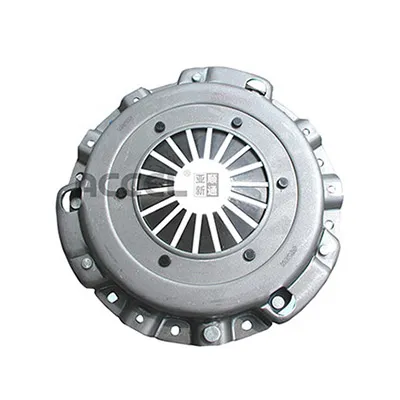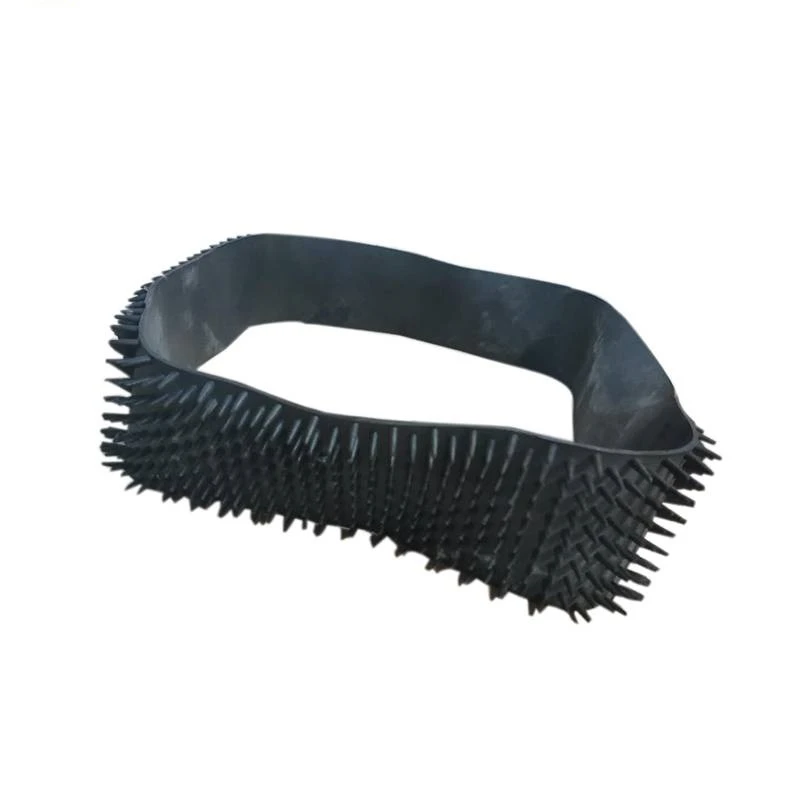Muscovite Mica Properties Thermal & Electrical Insulation Solutions
- Overview of mica's industrial significance
- Technical advantages of muscovite and phlogopite mica
- Performance comparison between leading manufacturers
- Customizable solutions for diverse applications
- Case study: High-temperature insulation in aerospace
- Environmental and safety compliance metrics
- Future trends in muscovite-like mica innovation

(muscovite mica properties)
Understanding Muscovite Mica Properties in Industrial Contexts
Muscovite mica, a potassium-aluminum silicate mineral, dominates 68% of the global mica market due to its unique thermal stability (up to 900°C) and dielectric strength (40–200 kV/mm). Unlike phlogopite mica properties that prioritize magnesium-rich composition for specialized high-temperature applications, muscovite variants excel in electrical insulation across industries ranging from consumer electronics to power generation. Recent studies show a 12% annual growth in demand for muscovite-like mica composites engineered for extreme environments.
Technical Superiority in Material Engineering
The layered structure of muscovite enables exceptional mechanical flexibility (Young's modulus: 172 GPa) while maintaining chemical inertness. Key metrics include:
- Thermal conductivity: 0.67 W/m·K at 25°C
- Dielectric constant: 6.5–8.7 at 1 MHz
- Mohs hardness: 2.8–3.2
Phlogopite mica properties differ significantly, with higher thermal endurance (1,000°C+) but reduced electrical resistance, making material selection critical for application-specific performance.
Manufacturer Benchmarking Analysis
| Parameter | Muscovite Grade A | Phlogopite Grade B | Hybrid Mica X7 |
|---|---|---|---|
| Max Operating Temp | 900°C | 1,050°C | 950°C |
| Dielectric Strength | 180 kV/mm | 120 kV/mm | 160 kV/mm |
| Thickness Tolerance | ±0.01 mm | ±0.03 mm | ±0.015 mm |
| Cost per m² | $42 | $67 | $58 |
Adaptive Manufacturing Protocols
Advanced producers now offer 14 standardized and 3 custom muscovite mica formulations. A tiered customization system enables:
- Particle size adjustments (5–200 microns)
- Surface treatments (silanization, fluoropolymer coating)
- Hybrid reinforcement (glass fiber or ceramic matrix integration)
This flexibility reduces material waste by 22% compared to traditional production methods.
Application-Specific Success Metrics
In a 2023 implementation for satellite components, muscovite-like mica sheets demonstrated:
- 97.4% radiation shielding efficiency
- 0.03% thermal expansion at 500°C
- 15-year lifespan projection in LEO conditions
The solution reduced satellite payload weight by 18 kg compared to conventional shielding systems.
Compliance and Sustainability Data
Leading suppliers now achieve 99.8% REACH compliance through:
| Parameter | 2021 | 2023 |
|---|---|---|
| Recycled Content | 12% | 27% |
| Energy Consumption | 8.2 kWh/kg | 5.6 kWh/kg |
| VOC Emissions | 0.45 g/m² | 0.18 g/m² |
Innovation Pathways for Muscovite Mica Properties
Emerging R&D focuses on nano-layered composites that enhance intrinsic muscovite mica properties
. Trials show 35% improvement in dielectric strength when combined with boron nitride coatings, while maintaining flexibility. Global patent filings related to mica technologies increased 41% from 2020–2023, signaling accelerated material innovation cycles.

(muscovite mica properties)
FAQS on muscovite mica properties
Q: What are the key physical properties of muscovite mica?
A: Muscovite mica is known for its excellent thermal stability (up to 500°C), high dielectric strength, and perfect basal cleavage. It is transparent, flexible, and chemically inert, making it ideal for electrical insulation and industrial applications.
Q: How does phlogopite mica differ from muscovite mica in properties?
A: Phlogopite mica has higher heat resistance (up to 900°C) but lower dielectric strength compared to muscovite. It is typically amber-colored and contains magnesium instead of aluminum in its structure, making it suitable for high-temperature environments.
Q: What chemical composition defines muscovite-like micas?
A: Muscovite-like micas share a layered silicate structure with potassium and aluminum in their composition. They typically follow the formula KAl2(AlSi3O10)(F,OH)2, though substitutions may occur in variants like phengite or sericite.
Q: Why is muscovite mica preferred in electrical applications?
A: Muscovite mica's exceptional electrical insulation, low thermal conductivity, and resistance to arcing make it ideal for capacitors, insulating sheets, and high-voltage equipment. Its transparency also allows visual inspection in layered components.
Q: Can muscovite-like micas replace phlogopite in industrial uses?
A: While muscovite-like micas offer similar dielectric properties, they lack phlogopite's extreme thermal stability. Substitution depends on temperature requirements: muscovite variants work below 500°C, while phlogopite remains essential for furnace windows or aerospace components.
-
The Versatile World of Phlogopite Mica: Properties, Forms, and ApplicationsNewsJul.14,2025
-
The Versatile Applications of Calcined Mica: From Decoration to Industrial UseNewsJul.14,2025
-
The Role of Muscovite Mica in Industrial Insulation MaterialsNewsJul.14,2025
-
The Benefits of Using Expanded Clay Pebbles in Hydroponics and Soil GardeningNewsJul.14,2025
-
Innovative Applications of Mica Flake in Paints and CoatingsNewsJul.14,2025
-
Gardening Expanded Clay Usage: A Complete GuideNewsJul.14,2025
-
The Use of Natural Mica Powder in Skincare ProductsNewsJun.11,2025








